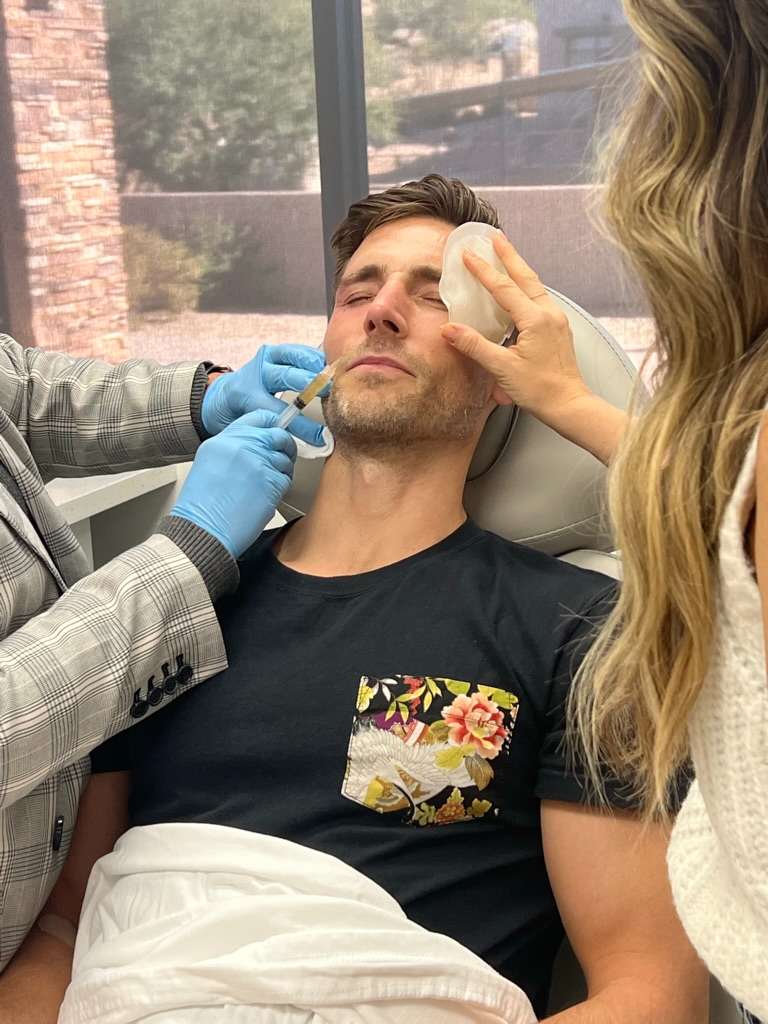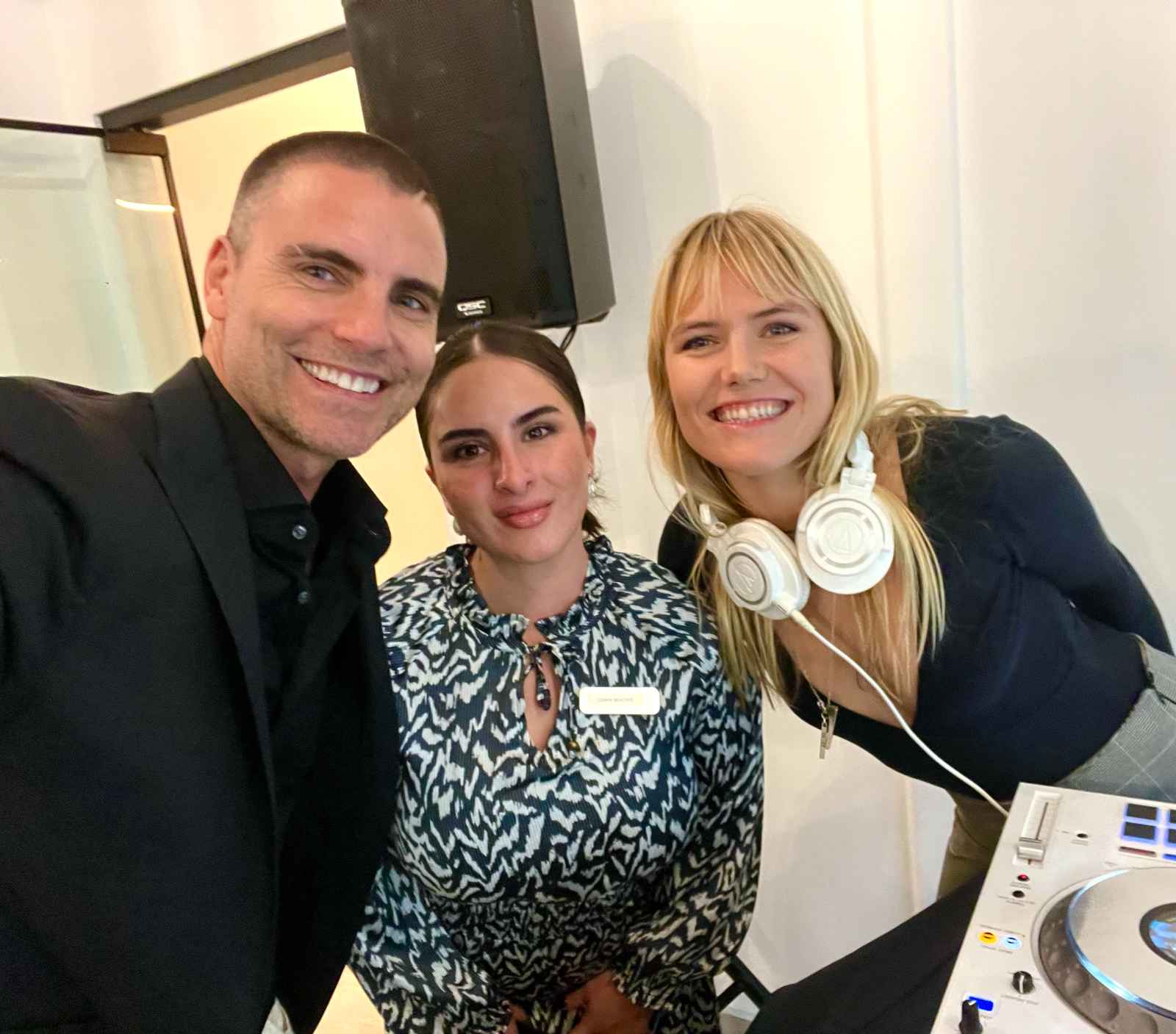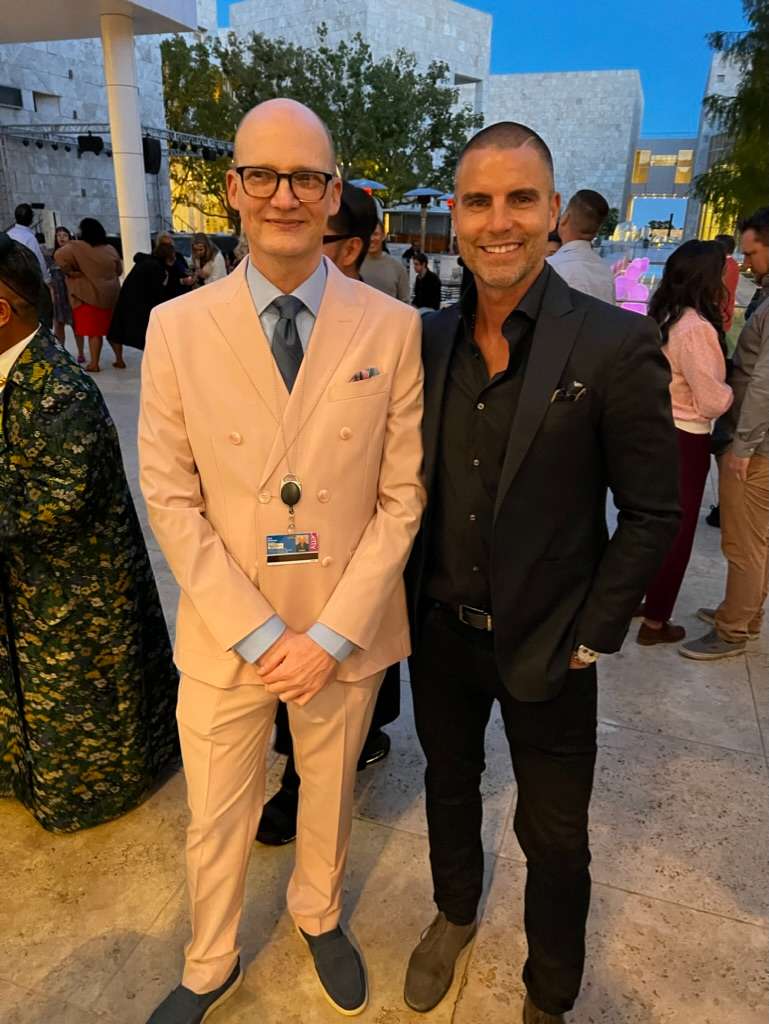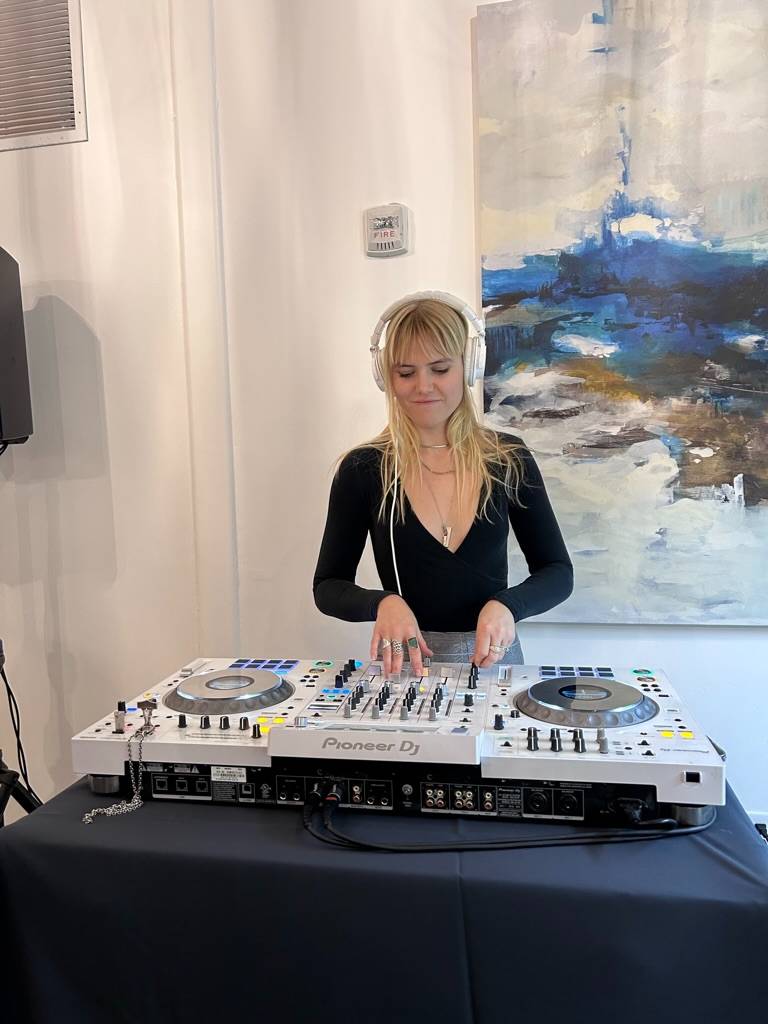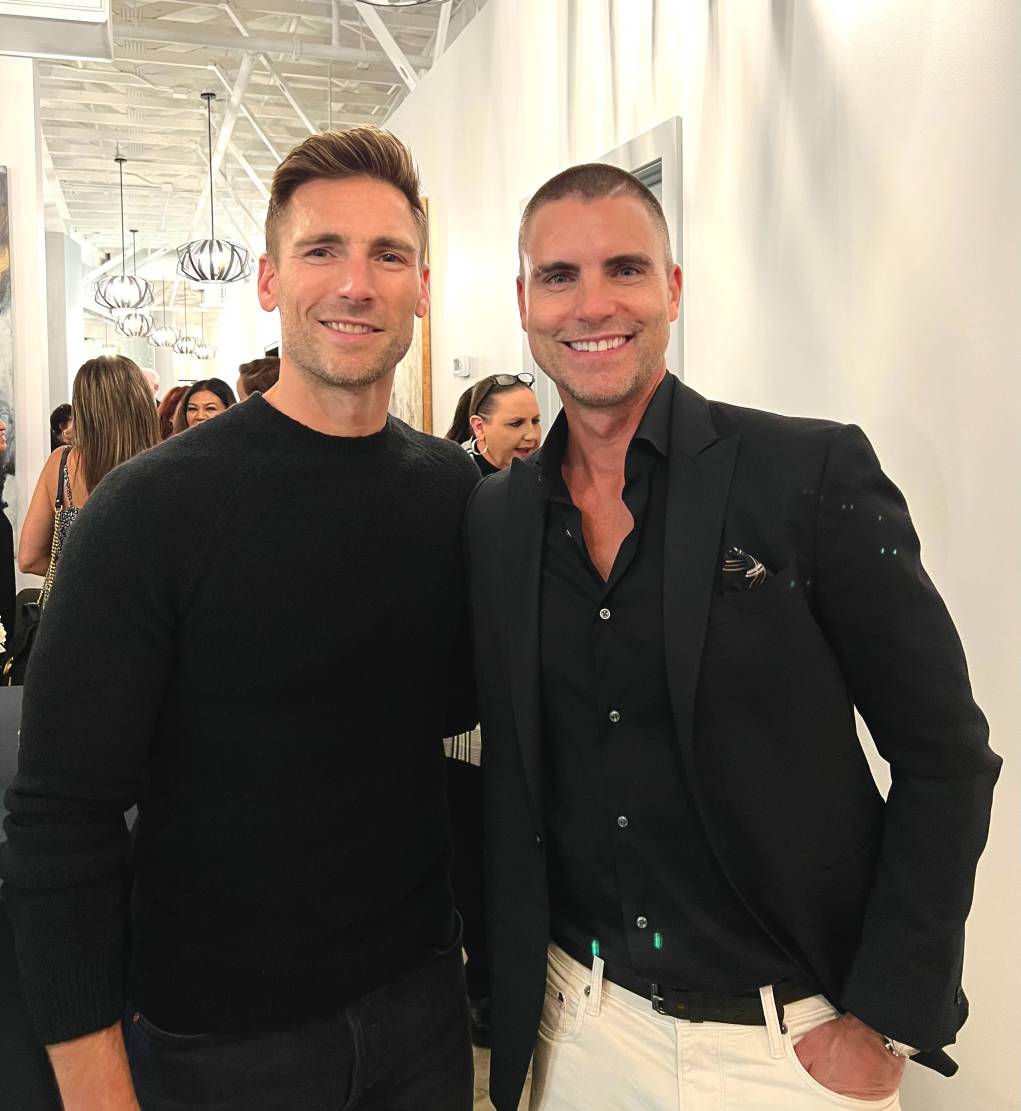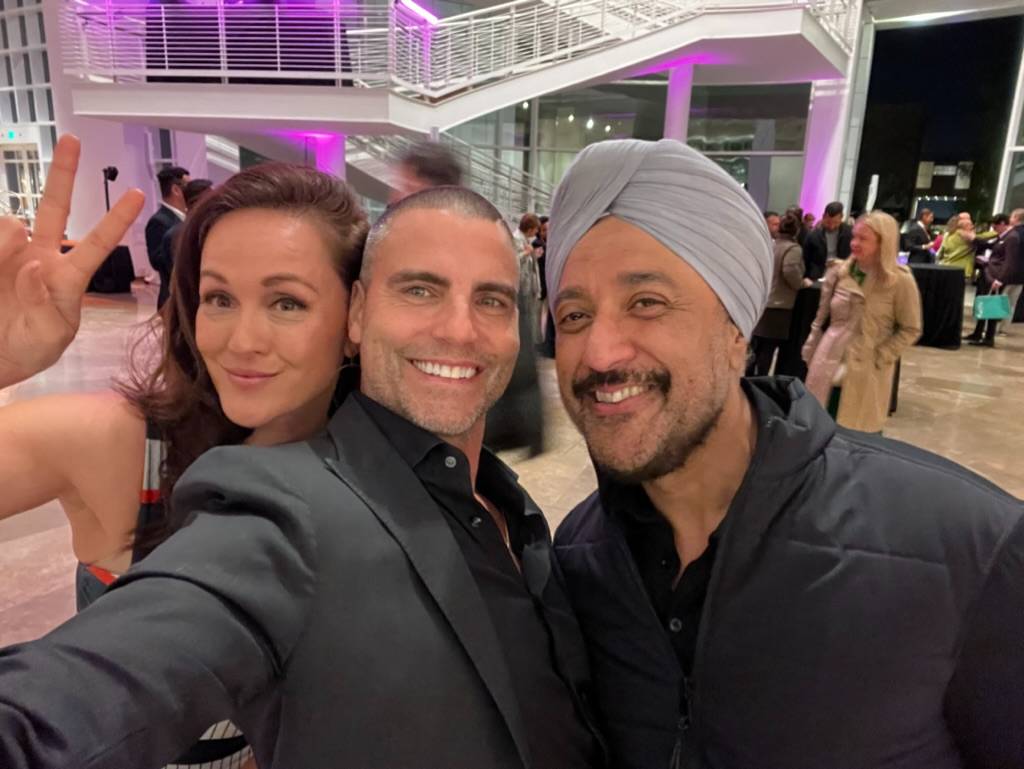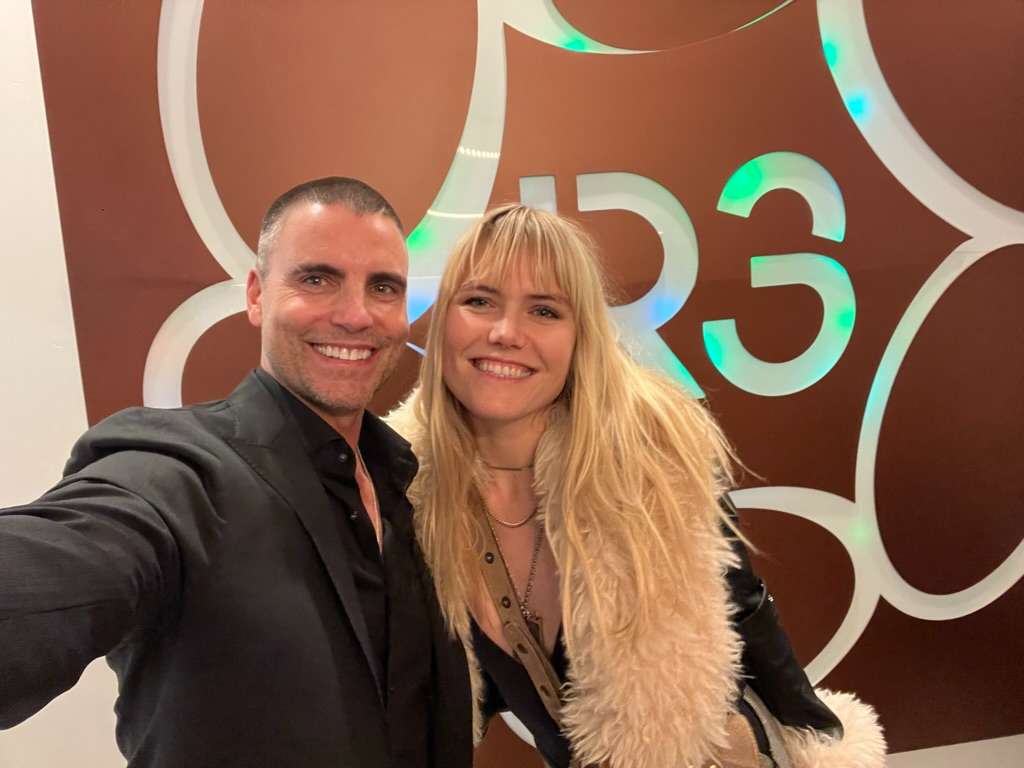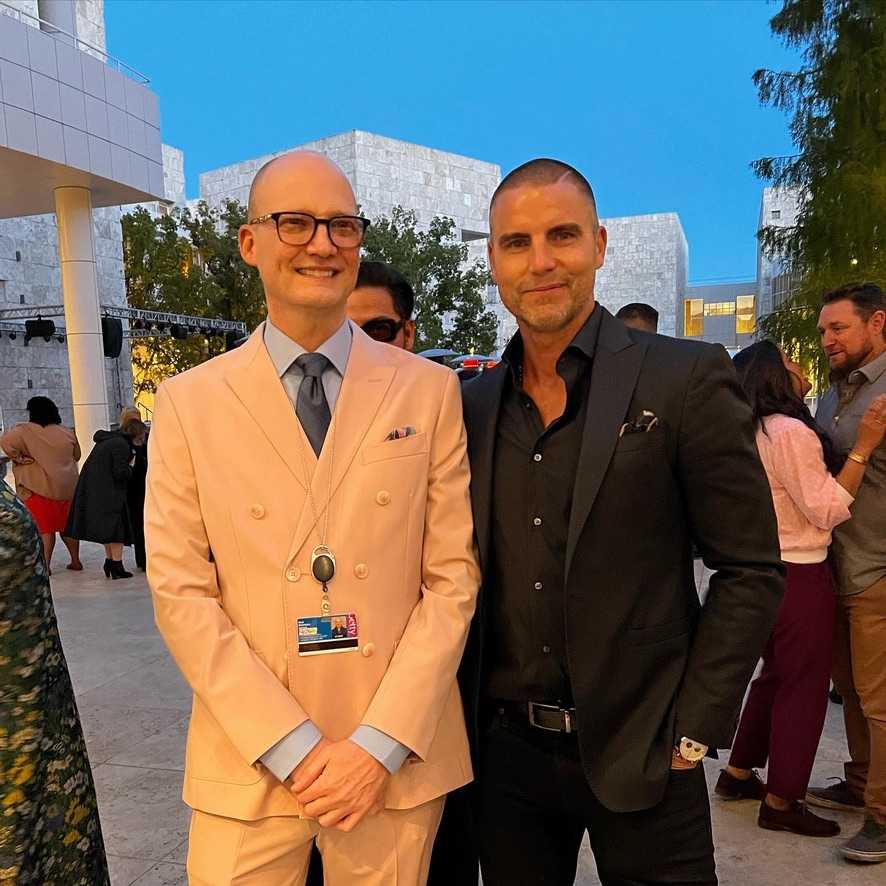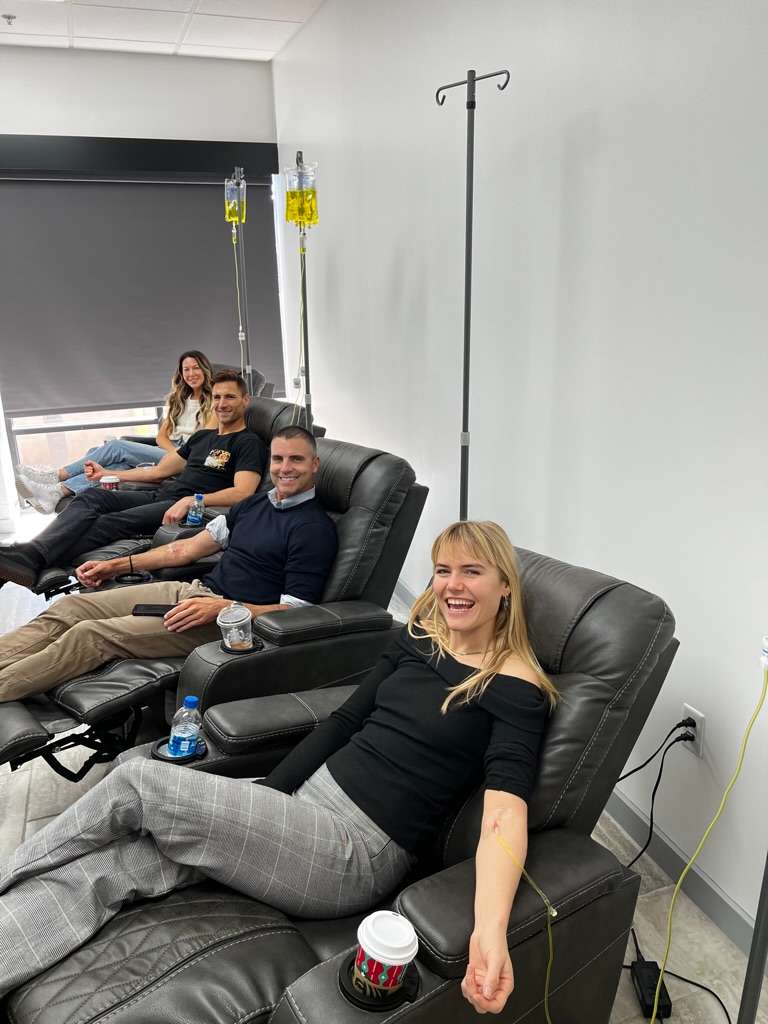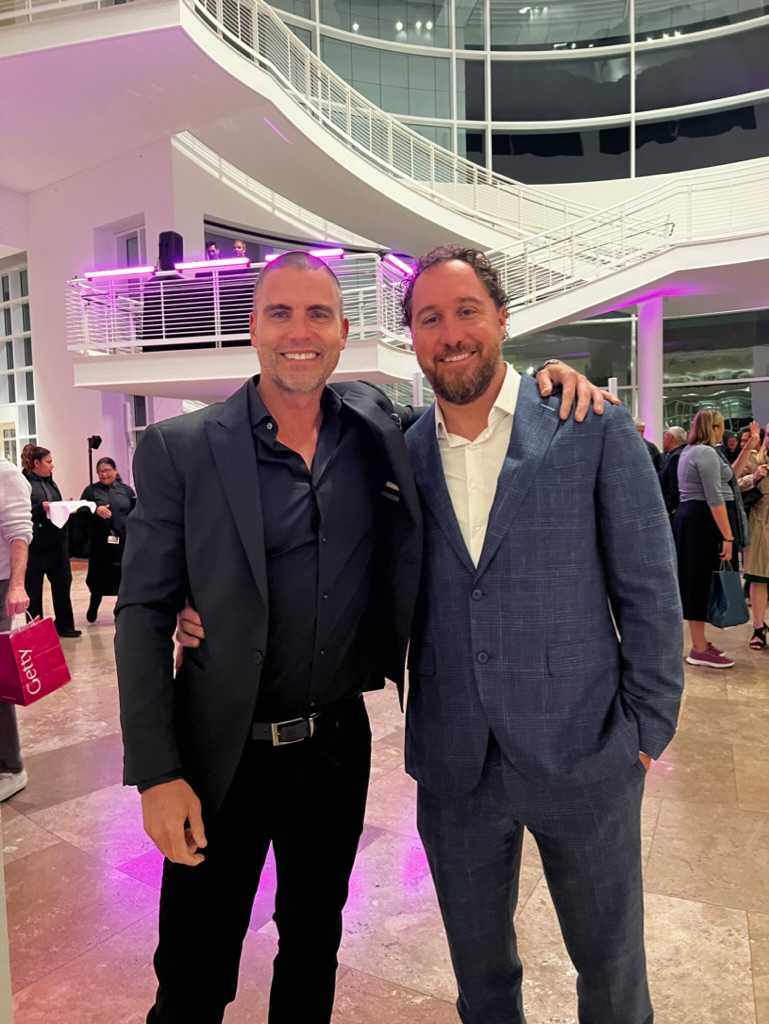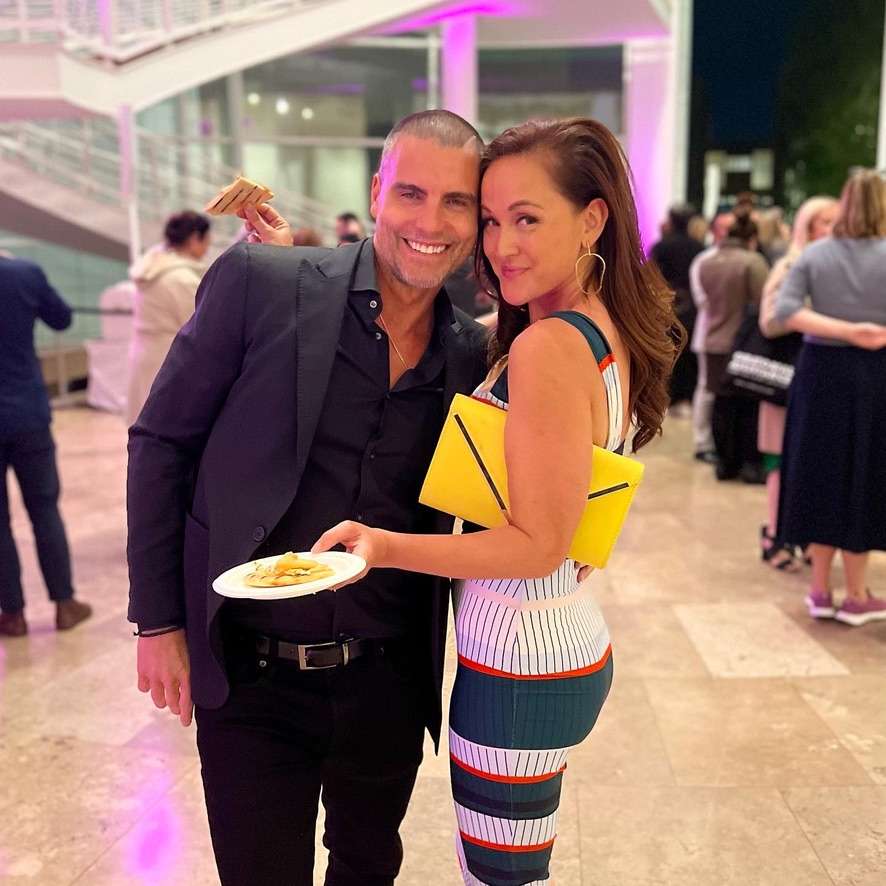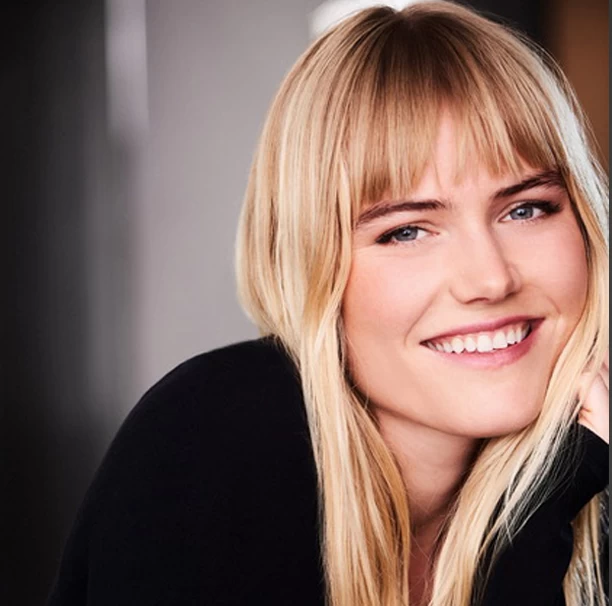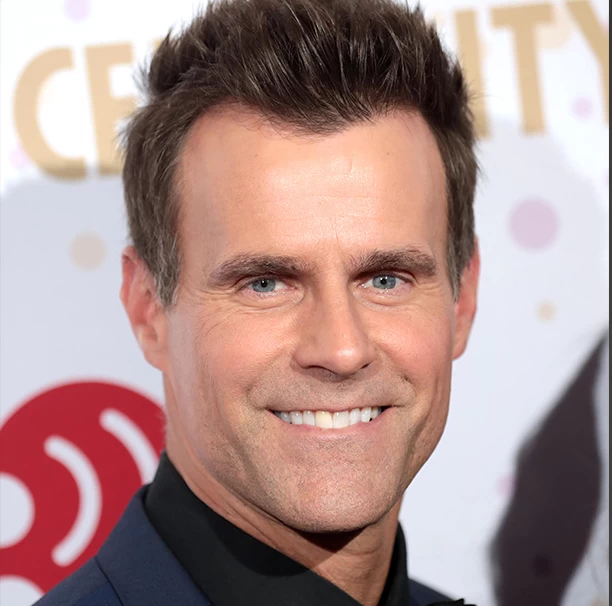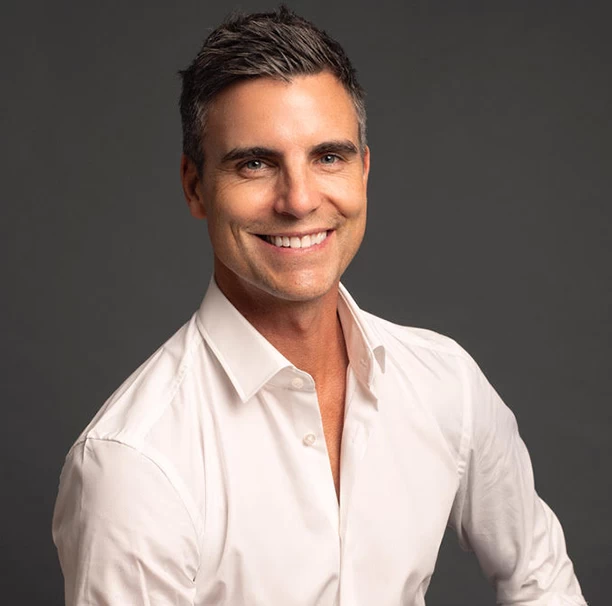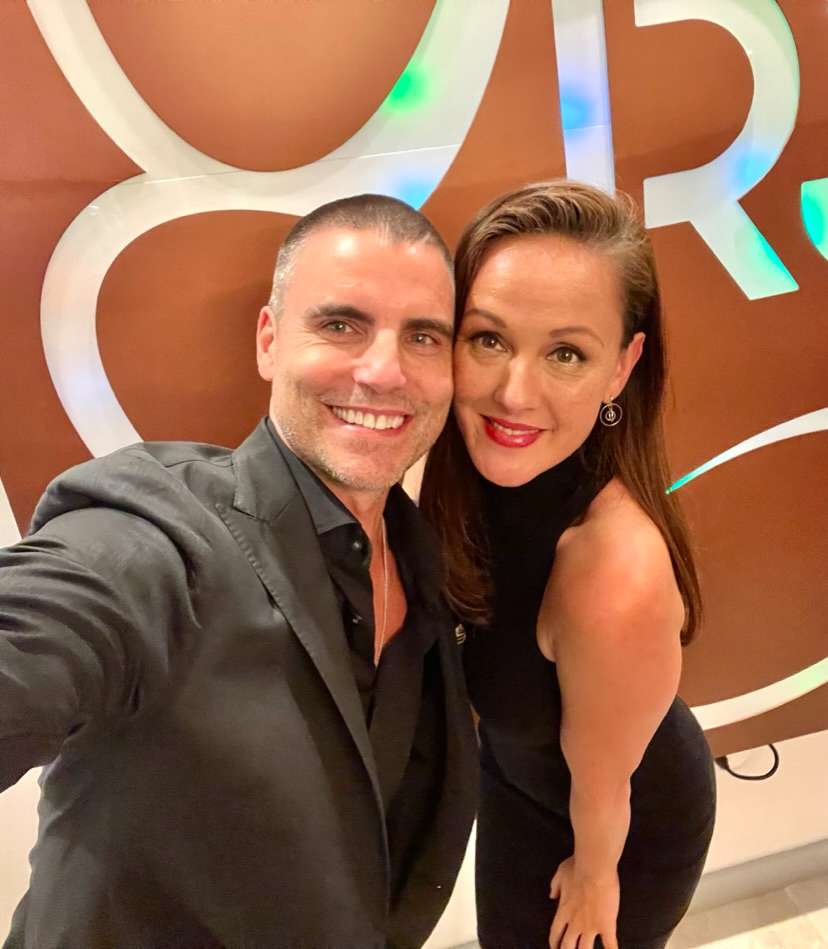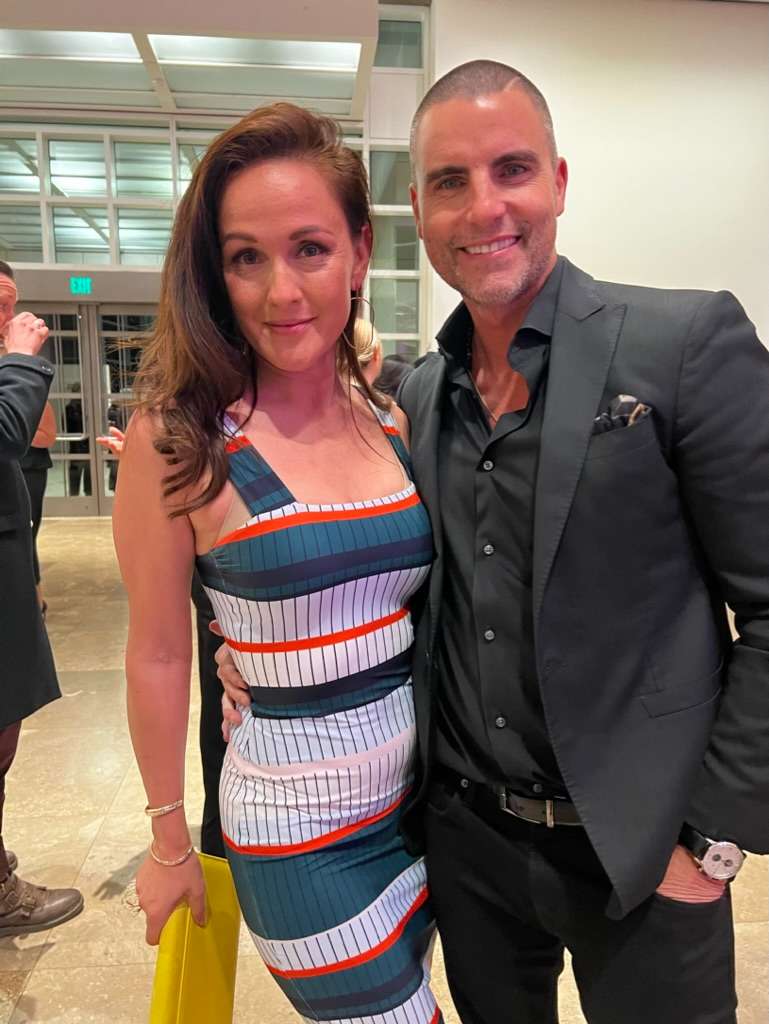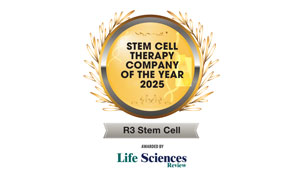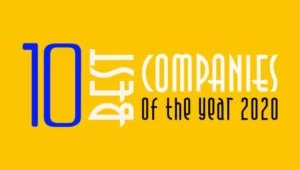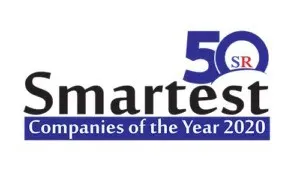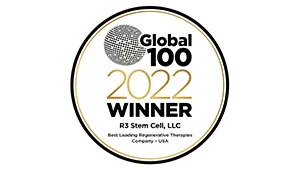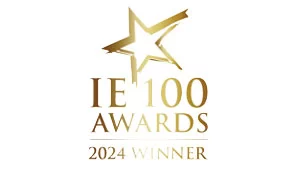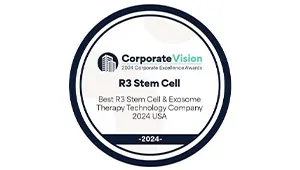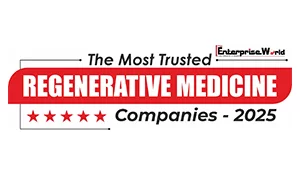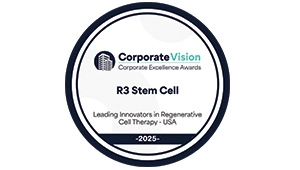While the definitive survival of injected cells was not shown, this treatment induced immediate immunomodulatory effects and was deemed safe. Although this study was not designed to detect therapeutic efficacy of this treatment, encouragingly, ALS patient ALSFRS scores remained stable for up to 6 months following the stem cell treatment.
In a 2021 case report published in European Review for Medical and Pharmacological Sciences, a 46-year old man noticed weakness of his legs, difficulties on going down the stairs and coughing during eating. After a complete workup, a diagnosis of ALS was confirmed.
His ALS Functional Rating Scale-R (ALSFS-R) was 43. Symptoms rapidly progressed and he coughed and choked during eating. Starting in 2013, the patient received a total of six intravenous infusions of mesenchymal stem cells. The number of mesenchymal stem cell administrations in each time were 38 million, 42 million, 17 million, 59 million, 43 million and 52 million.
Soon after administration, he noticed that he did not cough during conversation or eating food. Although he had difficulty in walking down the stairs, he remained well without coughing, trouble speaking or swallowing. His ALSFS-R increased up to 45.
The patient was well for 7 years after the ALS mesenchymal stem cell treatment and more than 10 years from the time of onset. The authors noted that the case suggested that mesenchymal stem cells can be administered safely and may be potentially useful in patients with ALS.
The significance of this case is huge, because ALS is an incurable disease that usually leads to death in about 3 to 5 years. However, the case study patient remained well for more than 10 years from the first diagnosis.
In R3’s experience, 75% of patients with ALS achieve success with stem cell and exosome therapy. It’s an exciting option for patients!


